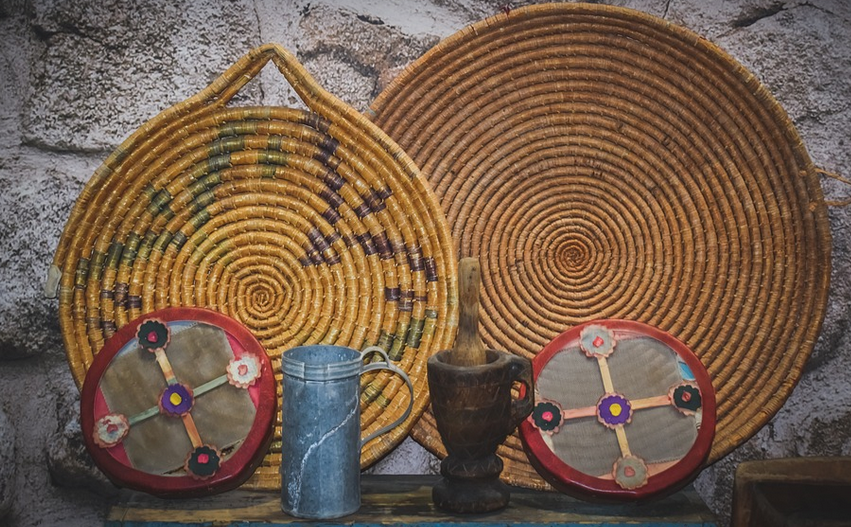
The Ultimate Guide To The Hardest Steel For Knives
What’s the Big Deal About Knife Steel?
You know your knife is sharp, but have you ever stopped to wonder what makes its edge so strong and durable? It all comes down to the steel. Think of it like the backbone of your trusty blade – the core that determines how tough and useful your knife will be.
Just like humans, certain steels are built for different tasks, some are better at slicing through tough things, while others excel in handling delicate tasks. Choosing the right steel can mean the difference between a simple chop or a precise cut, ultimately impacting the quality of your blade’s performance.
There’s an exciting world of knife steels out there, each with unique qualities and strengths. These intricate materials play a crucial role in determining the knife’s overall sharpness, longevity, and effectiveness for various cutting tasks.
Understanding these steel alloys is key to understanding how your knives perform. We’re diving deep into the world of hard steel, uncovering the secrets behind some of the most sought-after options for crafting exceptional blades.
The Hardest Steel: A Look at High-Carbon Alloys
The most durable and high-performing knife steels are often found in the realm of high-carbon alloys. These steels boast a higher carbon content than standard steel, meaning they have more metal atoms with strong bonds that hold them together, making the blade incredibly rigid.
High-carbon stainless steels like L60, M35, CPM-154, and L6** are known for their exceptional sharpness and durability. They’re highly resistant to wear and tear, able to withstand repeated use by demanding users.
The carbon content in these alloys directly impacts the steel’s hardness. The higher the carbon percentage, the harder the steel becomes.
These hard steels are a must-have for knife enthusiasts who want to build blades that can handle even the toughest tasks.
## A Closer Look at Some Popular Knife Steel Types
Let’s take a closer look at some of these popular knife steels, diving deeper into their properties and what makes them stand out:
1. High-Carbon Stainless Steels: The Workhorse of Knifemaking
These steel alloys combine the hardness and strength of high-carbon steel with a layer of stainless steel to improve corrosion resistance. They’re known for their versatility, making them perfect for all kinds of tasks.
**2. CPM-S30V: The Ultra Sharp and Durable Choice
CPM-S30V is one of the most popular choices amongst knife makers. It’s known for its exceptional edge retention and toughness, thanks to its unique combination of tungsten, vanadium, and chromium. This steel boasts a high level of hardness and wear resistance.
**3. CPM-154: The All-Around Performance Champion
CPM-154 is a favorite amongst many knife enthusiasts thanks to its exceptional performance. It’s known for its impressive toughness, sharpness, and corrosion resistance, making it an excellent choice for everything from everyday carry knives to hunting blades.
**4. VG-10: The Premium Japanese Choice
VG-10 is another popular choice amongst knife enthusiasts because of its incredible balance between hardness and flexibility. It’s known for its excellent edge retention, making it a go-to option for everyday carry knives.
**5. D2 Steel: The High-Performance Steel
D2 steel is an incredibly hard steel that’s known for its strength and toughness. It’s a good choice for anyone who wants a high-performance blade that can handle tough tasks.
Why It Matters: Choosing the Right Steel for Your Knife
When you pick a knife, it’s not just about choosing a design or style; it’s also about finding the right steel type to match your usage needs. Different steels are suited for different tasks.
For instance, if you’re looking for a blade that can handle rough and heavy-duty work like chopping wood or butchering meat, high-carbon stainless steels with added carbon content will be ideal.
But, if you’re primarily using your knife for slicing and cutting delicate foods, choosing a lighter steel may do the trick.
As with most things in life, understanding the intricacies of the materials plays a vital role in ensuring the longevity and effectiveness of your blade. Choosing the right steel will make a difference in how well your knife performs.
A Few Tips for Choosing the Right Steel
Here are some crucial tips to help you choose the best steel for your next knife:
- **Consider Your Usage:** What do you plan on using your knife for? Everyday use, carving meat, hunting, fishing or everyday tasks?
- **Look at Hardness:** Higher carbon content equals a harder blade—but also, can make the knife more brittle.
- **Think About Maintenance:** Some steels are more resistant to rust than others. Consider how much maintenance you’re willing to put into keeping your steel-clad knives sharp and functional.
- **Get Expert Help:** If you’re unsure, don’t hesitate to reach out to a professional knife maker or expert!
Choosing the right steel for your next knife is an important step in ensuring its longevity and performance. By considering the various types of steel available and their properties you can find the perfect match for your needs.